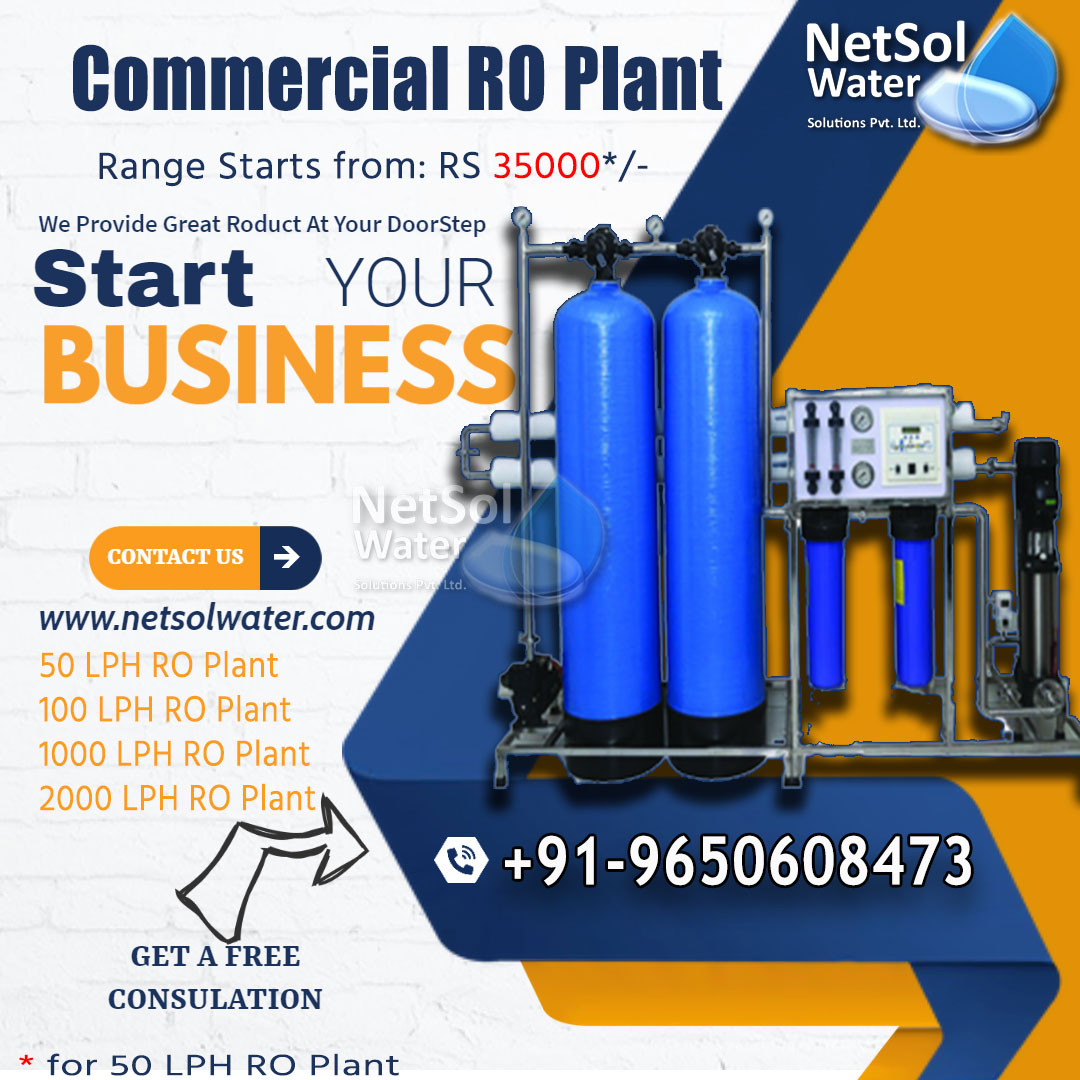How to clean RO Membranes in Commercial and Industrial RO plants?
When there is an increase in salt passage or pressure that might be attributed to membrane fouling, right before any medium or long term shutdown, or as part of the periodic RO maintenance regimen, which is normally every 3 to 6 months, RO membrane cleaning is advised.
Membranes can get polluted with pollutants such as colloids, biofilms, and biological materials after they have been used for a while. These impurities can infiltrate into the membrane surface and pipes of the membrane systems, causing the system's performance to suffer. It's possible that the system will be severely harmed. That is why a system must be cleaned on a regular basis.
When the following criteria are met, cleaning of a reverse osmosis system is normally initiated:
a) The normalized flux has fallen 10-15%
b) The permeates adjusted salt content has increased by 10%
c) In a pressure vessel, the pressure gradient has dropped by 15%
The following are the fundamental steps for cleaning a reverse osmosis membrane:
Step 1: The concentrate valve should be opened.
Step 2: Flush the system with permeate water if possible.
Step 3: Connect the recirculation pump to the membrane feed intake.
Step 4: Connect the chemical tank's permeate and concentrate outlets.
Step 5: Recirculate the cleaning solution for an hour while keeping the pH under control.
Step 6: Rinse the membrane, ideally with permeate water, removing all traces of chemicals.
Step 7: Repeat the cycle when more than one cleaning chemical needs to be used.
Things to keep in mind during cleaning of RO membranes:
a) Cleaning RO membranes using cleansers at concentrations and temperatures that are suitable with the membranes installed must constantly be done.
b)If your system has been biologically contaminated, you may wish to take the further step of injecting a sanitizing biocide chemical after cleaning. Biocides can be used immediately after cleaning, on a regular basis (e.g. once a week), or at any time consistently during service
c)To maintain RO systems running smoothly, make sure you understand the types of fouling that are likely to develop, assess normalized performance on a frequent basis, and clean the membranes proactively using the proper cleaning conditions.
d)Cleaning a multi-stage RO, one stage at a time is advised to maximize crossflow cleaning velocity. For chemical solution preparation and rinsing, RO permeate, DI water, or at the very least soft water should be used. Corrosion-resistant components are required.
e)If the cleaning did not produce the desired outcomes, rather than using a trial-and-error technique on site, you might want to explore speaking with vendors that provide onsite services. A service firm may evaluate the best cleaning method and report on how well the cleaning restored flow and salt rejection.
How can we help?
To provide you with the right water purification system for your business, get in touch with Netsol Water.
We are one of the leading water treatment company in India offering projects and services in the field of water and wastewater treatment plant manufacturing and servicing.




